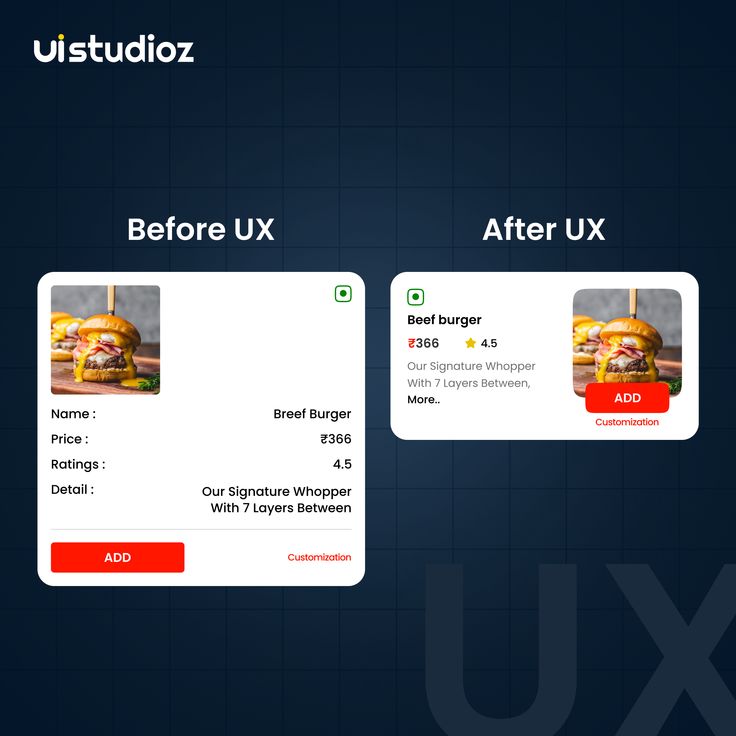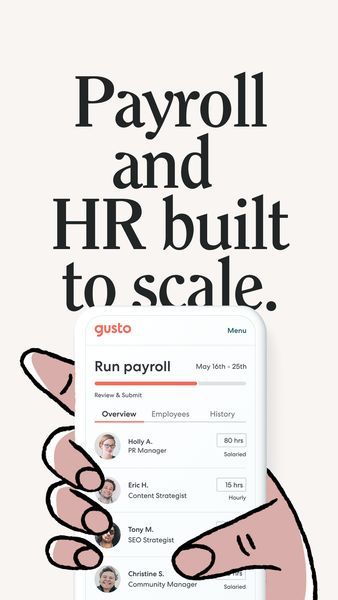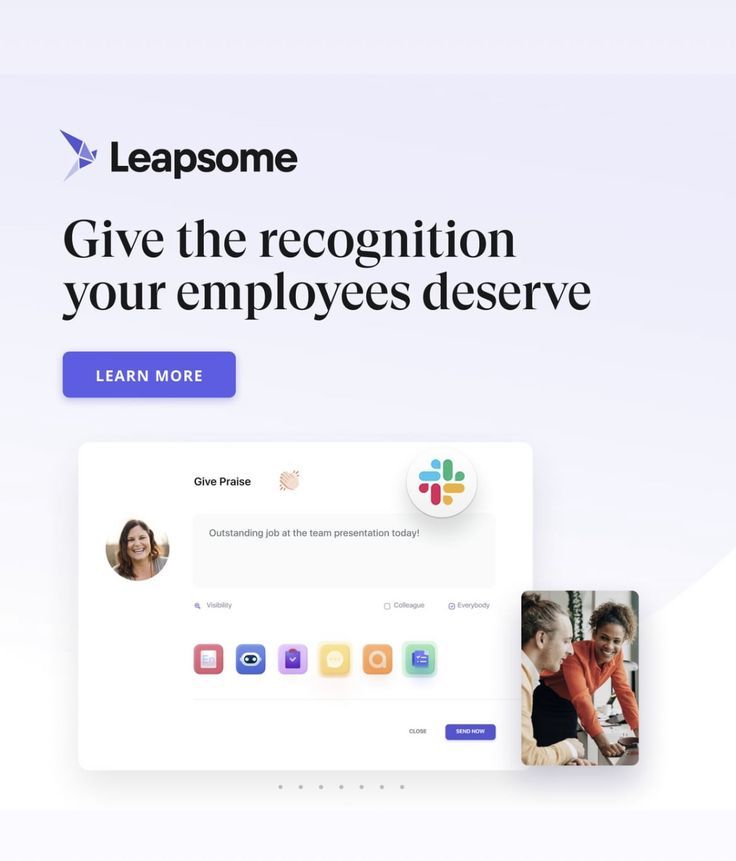Banner & Carousel Ads Examples
Explore creative and effective banner and carousel advertising examples from top brands. Learn how to create engaging display ads that drive results.
Banner and carousel ads remain powerful tools in digital advertising, offering versatile formats for brand storytelling and user engagement. From static display banners to dynamic carousel ads, these formats continue to evolve with creative approaches that capture attention and drive conversions.
Understanding Banner & Carousel Ads
The digital advertising landscape has evolved significantly, with banner and carousel ads emerging as sophisticated tools for brand communication. These formats have transcended their initial role as simple display elements to become powerful storytelling platforms that can engage users and drive meaningful interactions.
The Evolution of Banner Advertising
Banner advertising has undergone a remarkable transformation since its inception. What began as simple static images has evolved into a diverse ecosystem of interactive and dynamic formats. Static banners, while still relevant for certain campaigns, now share the stage with animated and interactive variants that offer deeper engagement opportunities.
The rise of animated banners has introduced a new dimension to digital advertising. These dynamic formats leverage motion to capture attention and convey messages more effectively. By incorporating subtle animations or full-motion sequences, brands can create more engaging experiences that stand out in crowded digital spaces.
Interactive banners represent the cutting edge of display advertising. These sophisticated formats invite user participation, transforming passive viewers into active participants. Through clickable elements, hover effects, and rich media features, interactive banners create memorable brand experiences that drive higher engagement rates.
The Power of Carousel Advertising
Carousel advertising has revolutionized how brands tell their stories in the digital space. This format allows for a sequential presentation of content, enabling brands to guide users through a carefully crafted narrative. The multi-frame nature of carousels provides an opportunity to build a comprehensive story that unfolds frame by frame.
Product showcases in carousel format have become particularly effective for e-commerce brands. By dedicating each frame to a different aspect of a product, brands can provide a comprehensive view that helps users make informed decisions. This approach is especially powerful for products with multiple features or use cases that benefit from detailed explanation.
Storytelling sequences in carousel ads offer a unique opportunity to create emotional connections with audiences. By structuring content as a narrative journey, brands can guide users through a story that builds engagement and reinforces key messages. This approach is particularly effective for brand awareness campaigns and emotional marketing strategies.
What Makes Great Banner & Carousel Ads?
The effectiveness of banner and carousel ads lies in their ability to balance visual appeal with strategic messaging. Successful ads create a harmonious blend of design elements, content strategy, and technical implementation that resonates with the target audience.
The Art of Visual Communication
Visual hierarchy plays a crucial role in effective banner and carousel ads. By carefully arranging elements to guide the viewer’s attention, designers can ensure that key messages are noticed and understood. This involves strategic placement of headlines, images, and calls-to-action that create a natural flow for the viewer’s eye.
Color psychology and typography work together to create emotional connections and reinforce brand identity. The strategic use of color can evoke specific emotions and associations, while typography choices can convey personality and enhance readability. These elements must work in harmony to create a cohesive visual experience that aligns with the brand’s identity.
Strategic Content Development
Content strategy in banner and carousel ads goes beyond simply writing copy. It involves crafting messages that resonate with the target audience while maintaining brand voice and values. The most effective ads tell a story that connects with viewers on both rational and emotional levels.
Value proposition development is particularly crucial in the limited space of banner ads. Brands must distill their unique selling points into clear, compelling messages that immediately communicate benefits to the viewer. This requires deep understanding of both the product and the target audience’s needs and pain points.
Featured Banner & Carousel Ad Examples
1. User-Generated Content by Framerr
Framerr’s video-based banner ad represents a masterclass in leveraging user-generated content for authentic brand storytelling. The ad’s success lies in its ability to showcase real customer experiences in a way that feels genuine and relatable. By featuring actual users of the product, the ad creates an immediate connection with potential customers who can see themselves in similar situations.
The video format allows for a dynamic presentation that captures attention and maintains engagement. The mobile-first approach ensures that the content is optimized for the platform where most users will encounter it, while the emotional storytelling creates a lasting impression that drives brand recall.
2. Before & After by UI Studioz
UI Studioz’s transformation-focused banner demonstrates the power of visual storytelling in communicating value. The before/after format creates an immediate impact by showing the tangible results of the service, making the value proposition undeniable. The professional presentation of the transformation helps build credibility while maintaining engagement.
The success of this ad lies in its ability to communicate complex value through simple visual contrast. By showing the clear difference between the before and after states, the ad makes the benefit immediately obvious to potential customers. This approach is particularly effective for service-based businesses where the value might otherwise be difficult to communicate.
3. Bold Claims by Gusto
Gusto’s bold statement banner showcases the power of confident messaging in digital advertising. The ad’s success stems from its ability to make a strong statement while maintaining credibility and approachability. The clean design ensures that the bold claim is the focal point, while the professional presentation helps establish trust.
The strategic use of white space and typography creates a strong visual impact that demands attention. By making a bold claim, the ad immediately captures the viewer’s interest, while the clean design ensures the message is clear and memorable. This approach demonstrates how bold messaging can be effective when supported by strong design and brand credibility.
4. Success Story by Leapsome
Leapsome’s results-focused banner exemplifies the power of social proof in digital advertising. By focusing on concrete results, the ad immediately demonstrates value to potential customers. The professional presentation helps build trust while maintaining engagement, and the success metrics provide tangible proof of effectiveness.
The ad’s effectiveness lies in its ability to combine professional presentation with compelling results. By showcasing specific outcomes, the ad makes the value proposition more concrete and believable. This approach is particularly effective for B2B services where trust and proven results are crucial to the decision-making process.
Best Practices for Banner & Carousel Ads
Design Excellence
The foundation of effective banner and carousel ads lies in thoughtful design that balances aesthetics with functionality. Clean, uncluttered designs that maintain brand consistency while optimizing for different screen sizes create the best user experience. The strategic use of white space and visual hierarchy guides the viewer’s attention to key messages and calls-to-action.
Accessibility considerations are increasingly important in modern digital advertising. Designs must be readable and usable for all users, including those with disabilities. This involves careful consideration of color contrast, text size, and interactive elements to ensure the ad is accessible to everyone.
Technical Implementation
Technical excellence in banner and carousel ads goes beyond basic functionality. It involves optimizing file sizes for quick loading, implementing proper tracking, and ensuring cross-browser compatibility. The most successful ads maintain their visual quality and functionality across different devices and platforms.
Responsive design principles are crucial for modern banner ads. As users access content across various devices, ads must adapt seamlessly to different screen sizes and orientations. This requires careful planning and implementation to ensure the ad maintains its effectiveness regardless of how it’s viewed.
Strategic Optimization
The success of banner and carousel ads depends on continuous optimization based on performance data. This involves monitoring key metrics, testing different creative variations, and refining the approach based on results. The most successful campaigns are those that evolve based on user response and market conditions.
A/B testing plays a crucial role in optimization, allowing brands to identify the most effective creative elements and messaging approaches. By systematically testing different variations, brands can refine their ads to maximize performance and ROI.
Measuring Success
Performance Metrics
The effectiveness of banner and carousel ads is measured through a combination of quantitative and qualitative metrics. Click-through rates and conversion rates provide immediate feedback on ad performance, while brand lift metrics offer insights into longer-term impact. The most successful campaigns balance short-term performance metrics with long-term brand building goals.
Engagement metrics, such as time spent viewing and interaction rates, provide valuable insights into how users are responding to the ad. These metrics help brands understand not just whether users are clicking, but how they’re engaging with the content.
Analytics Implementation
Proper analytics implementation is crucial for understanding ad performance and making data-driven decisions. This involves setting up comprehensive tracking that captures both immediate actions and longer-term impact. The most successful campaigns use analytics to inform continuous optimization and strategy refinement.
Real-time monitoring allows for quick adjustments to underperforming elements, while detailed analysis of user behavior helps identify opportunities for improvement. This data-driven approach ensures that campaigns can evolve and improve over time.
Industry Trends
Current Landscape
The banner and carousel ad landscape continues to evolve with new technologies and approaches. Interactive elements and rich media are becoming increasingly sophisticated, while AI-powered personalization is enabling more targeted and relevant advertising. Privacy-focused approaches are gaining importance as users become more concerned about data usage.
Programmatic optimization and cross-device targeting are enabling more efficient and effective ad delivery. These technologies allow brands to reach the right audience at the right time with the right message, maximizing the impact of their advertising spend.
Future Directions
The future of banner and carousel advertising lies in increasingly sophisticated personalization and interactivity. Advanced AI integration will enable more nuanced targeting and creative optimization, while enhanced measurement capabilities will provide deeper insights into ad performance.
Privacy-first approaches will become increasingly important as regulations evolve and user expectations change. Brands will need to balance personalization with privacy concerns, finding new ways to deliver relevant content while respecting user preferences.
Implementation Guide
Strategic Planning
Successful banner and carousel ad campaigns begin with thorough planning. This involves defining clear objectives, identifying target audiences, and setting performance metrics. The planning phase should also include budget allocation, timeline development, and creative asset planning.
Understanding the target audience is particularly crucial for effective banner and carousel ads. This involves developing detailed personas and understanding user behavior patterns. The most successful campaigns are those that are built on deep audience insights.
Campaign Execution
The execution phase involves bringing the campaign to life through careful implementation of creative assets and technical elements. This includes creating ad designs, implementing tracking, setting up targeting, and launching the campaign. Throughout this phase, performance should be monitored and optimized in real-time.
Testing and optimization are crucial during the execution phase. By continuously testing different elements and monitoring performance, brands can identify opportunities for improvement and make adjustments to maximize results.
Continuous Optimization
The optimization phase is ongoing, involving regular analysis of performance data and implementation of improvements. This includes identifying opportunities, testing changes, and scaling successful elements. The most successful campaigns are those that evolve based on performance data and market conditions.
Documentation of learnings is crucial for long-term success. By recording what works and what doesn’t, brands can build institutional knowledge that informs future campaigns. This approach ensures continuous improvement and long-term success in banner and carousel advertising.
Stay updated with the latest trends and best practices in banner and carousel advertising by subscribing to our newsletter.


